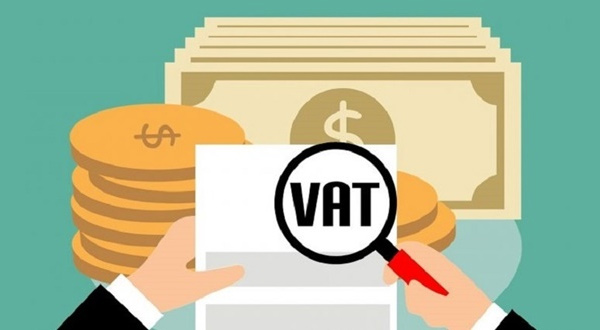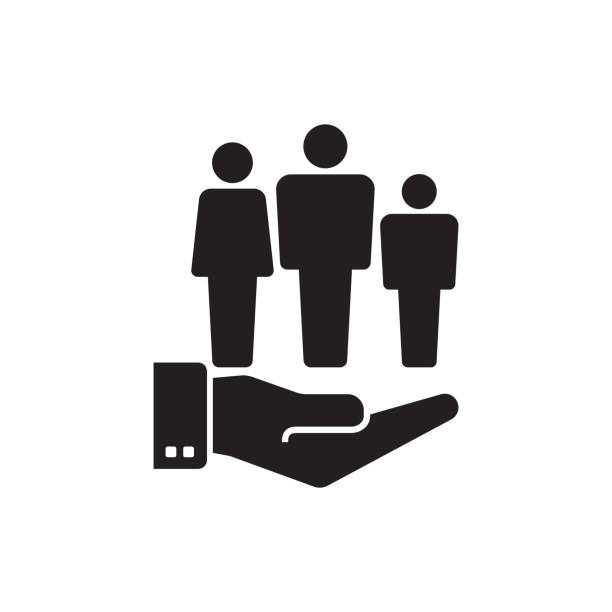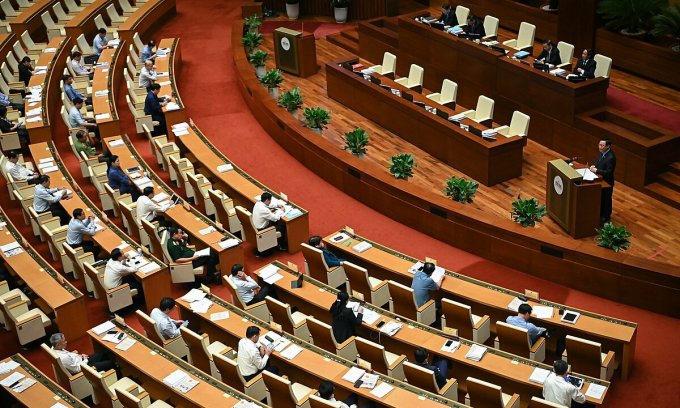Characteristics of indirect taxes in Vietnam

Today, taxes are a matter of great concern. In it, there are many taxes associated with our daily life. So about the matter “Characteristics of indirect taxes in Vietnam” Let’s find out with LSX in article below.
Legal grounds
- Tax Administration Law 2019
What is indirect tax?
An indirect tax is a tax for which the taxpayer is not the one paying the tax. Indirect tax is a form of indirect tax through an intermediary unit (usually businesses) to levy on consumers. Indirect tax is a tax where the taxpayer and the taxpayer are not the same. For example, the government levies a tax on the company (the company that pays the tax) and the company passes this tax on to the cost of calculating the price of goods and services, so the taxable object is the final consumer.
In general, indirect taxes are taxes collected on consumers through the payment of taxes by producers and businesses. This tax has the effect of regulating consumption of society. This is a tax that is added to the price of a good or service. The purpose of an indirect tax is to levy consumption. Taxpayers are people engaged in production and business activities. Taxpayers are not taxable, so it is called indirect tax. Indirect taxes are easier to adjust than direct taxes, so the general trend in countries is that indirect taxes are more important than direct taxes.
Characteristics of indirect taxes in Vietnam
The essence of indirect taxes is that the producer of goods and the provision of services adds the tax to the selling price of his goods and services. When goods and services are sold, producers pay indirect taxes on behalf of consumers.
+ Taxpayers according to the Law and taxpayers are not identical. Specifically: Taxpayers (taxpayers) are organizations and individuals that produce and trade in goods and provide services; Taxable entities (taxable subjects) are the end consumers.
Indirect taxes are an integral part of the prices of goods and services on the market. At the same time, indirect taxes also affect production and business activities through the price mechanism in the market. However, that influence of indirect taxes is not only governed by the supply-demand relationship in the market but also depends on the nature of the market, including the impact of taxes, that is, the market is competitive or monopolistic.
+ Indirect taxes have the displacement of tax burden in certain cases.
+ Indirect taxes are regressive.
+ Under this tax, there are taxes, the basis of which is income used for consumption. In our country, indirect taxes include: value-added tax, special consumption tax, export tax, import tax, and environmental protection tax.
The advantage is that it is easy to collect and manage because the payers are organizations and individuals producing and trading goods and providing services; Taxpayers do not feel the tax burden, so they often do not react to changes in tax rates. The disadvantage is that it is regressive, so the level of fairness is not high.
Difficulties and challenges in implementing indirect taxes in Vietnam
The implementation of indirect tax in the context of Vietnam’s international integration faces many difficulties and challenges, specifically as follows:
Firstly, the challenge of creating more burdens on the tax compliance management system and increasing the risk of tax evasion when shifting priority to tax collection from the import-export market (Import-Export) to the domestic market. domestic school. In order for tax revenue to still increase according to the requirement to ensure revenue, revenue from indirect taxes will shift the priority of tax collection from the import-export market to the domestic market. fair, but still faces many problems affecting its effectiveness and effectiveness. This shift places more burden on the compliance management system and increases the risk of tax evasion. A number of problems faced in tax administration can be identified, including: Low level of compliance; The tax base is not wide enough; Presence of informal economic activities; Cash payment transactions… Besides, the number of potential taxpayers increases faster than the management capacity of the current tax system. The decentralization of budget revenue in indirect tax collection between the central and local governments also raises some accounting and control problems. The tax administrative procedures are not streamlined, the sub-law documents have not been issued in a timely manner, etc. impact on taxpayers, all of which have increased the compliance burden and the initiative of tax inspectors.
Secondly, the challenge of increasing indirect taxes is to apply according to international practices in case it is necessary to restructure budget revenues. The reduction in import and export tax revenue is currently being mainly offset by the effective operation of the Value Added Tax. Although some of the chain-linked features of Vietnam’s Value-Added tax system have specifically contributed to tax revenue performance based on the economy’s performance, the short- and medium-term challenges are Value-added tax adjustment plans, including institutionalization to streamline tax exemptions and enhance Value-Added tax refunds, can result in a loss of tax revenue. However, Value Added Tax is an indirect tax, in fact the tax is “levied” on final consumers, a series of services and goods in the fields of education, health care and other areas belonging to 5 priority groups will simultaneously increase the price accordingly. In which, millions of patients, students, students and farmers will be affected, so the tax increase will affect millions of people, possibly reducing the demand for goods.
Thirdly, difficulties in collecting indirect taxes from e-commerce activities and cross-border service provision. Under the impact of the Industrial Revolution 4.0, many new industries and fields have developed, leading to an explosion of cross-border services, as well as a change in the concept of services. Technology enterprises can generate revenue in the territory of many countries without paying taxes in that country. This makes it difficult for many countries, including Vietnam, to tax cross-border services. In other words, the implementation of cross-border service tax collection in the context of the digital economy requires close coordination between sectors and countries.
Finally, the quality of human resources to manage the tax system is still limited, not meeting the requirements of the actual situation. High-quality human resources is also a challenge in tax collection efforts, especially in the current Industrial Revolution 4.0 development phase, with cross-border trade, services and goods transactions in particular, and cross-border trade transactions through business activities in the digital economy in general…
Services of LSX
Prestigious professional services: Firstly, the team of consultants and consultants for many years in the field of civil status, and customer support.
On-time: Certainly, with the motto “Get your lawyer right at your fingertips”, we ensure the service always performs on time. The rights and interests of customers always come first.
Cost: Besides, LSX’s service costs are highly competitive; depending on the nature of the particular case. So, we want our guests to have the best possible service experience. Therefore, costs which guaranteed to be the most suitable and economical for customers.
Confidentiality of client information: Finally, all brand information of client LSX will be 100% confidential.
Please contact us immediately if you have any questions about “Characteristics of indirect taxes in Vietnam”
Contact LSX
Finally, hope this article is useful for you to answer the question about “Characteristics of indirect taxes in Vietnam” If you need any further information, please contact LSX Law firm: at +84846175333 or Email: [email protected]
Please see more
- What taxes do you have to pay when opening company in Vietnam?
- How to look up e-invoices with the tax authority’s code in Vietnam
- Objects eligible for land tax exemption and reduction in Vietnam
Frequently asked questions
Currently in our country, indirect taxes include the following types:
– Sales tax
– VAT tax
– Special consumption tax
– Import and export tax
– Environmental Protection tax
– Resource tax
+ For direct tax and indirect tax, this is one of the methods of tax collection according to the provisions of tax law:
+ Both are a source of regulation on the income of individuals and organizations in society;
+ Taxpayers are those who must deduct a part of their assets to transfer to the State budget without being able to refuse or delay, or in other words, the nature of these two forms of tax collection is mandatory.
It is suggested that the tax burden for the people who have little ability to pay will be reduced significantly. This system also helps low-income people to save more money from which they can partly help and stimulate the economy to work effectively.
At the same time, progressive tax systems offer the potential for even more revenue, because they essentially only increase if incomes increase. Thus allowing those with large resources to support and provide services to the community such as road construction.
Conclusion: So the above is Characteristics of indirect taxes in Vietnam. Hopefully with this article can help you in life, please always follow and read our good articles on the website: lsxlawfirm.com




